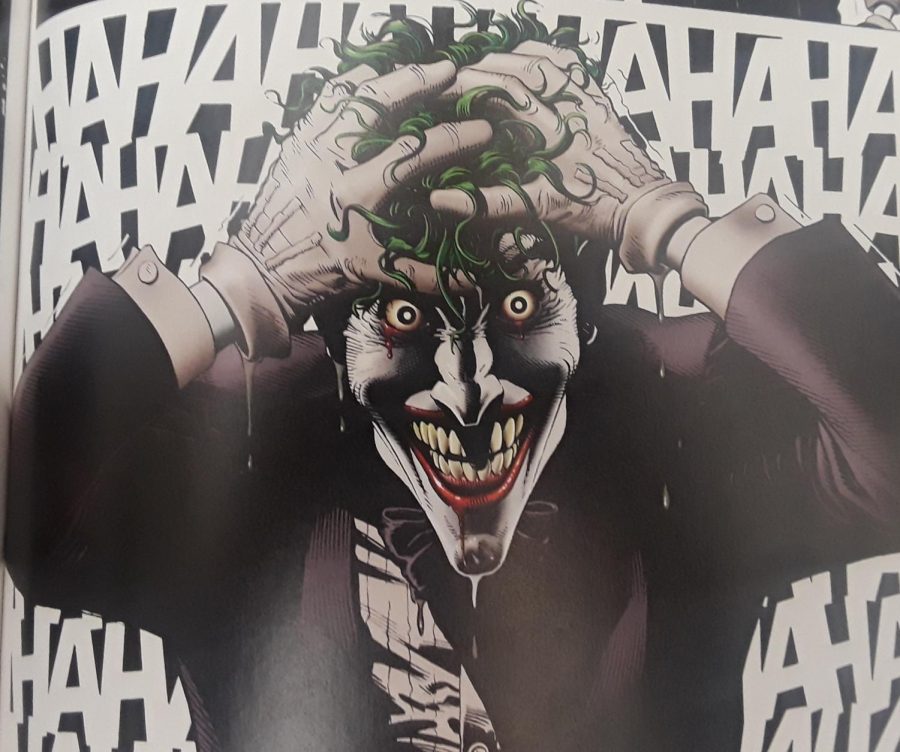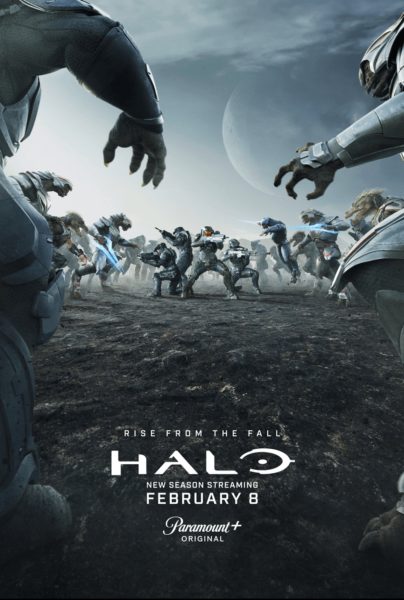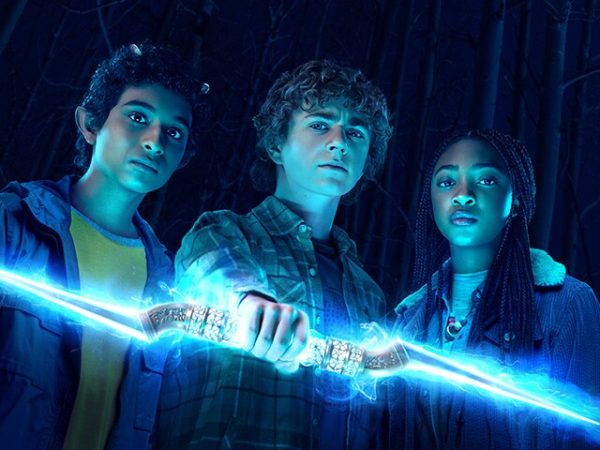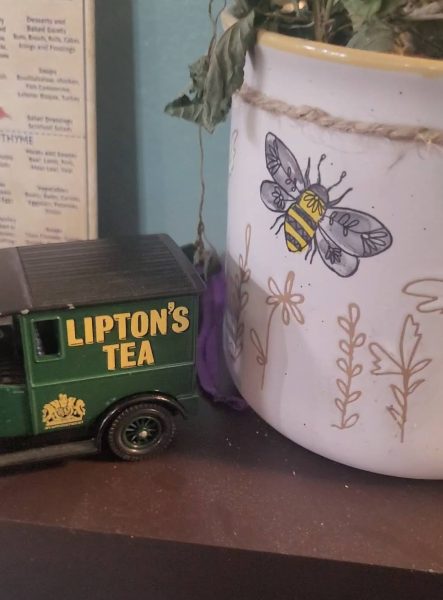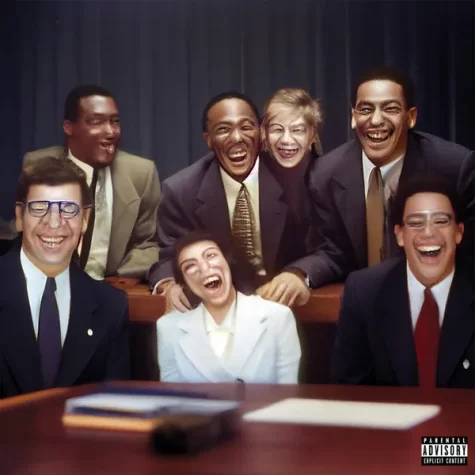The Killing Joke: 31 Years Later
With Joker having come out this last weekend, there has been quite a stir about the origins of The Clown Prince of Crime. The Killing Joke, is a graphic novel made in March 1988 by British author Alan Moore (Watchmen, V for Vendetta, Sandman) and illustrator Brian Bolland (Judge Dredd, Batman: Black and White) detailing the events that pushed one perfectly normal man to the brink of insanity all over the course of one bad day. There are many different interpretations and retellings of the character’s origins but The Killing Joke is the best, remaining a fan-favorite and a testament to comics as a medium.
The story itself has depth and sets up the rivalry between Batman and his archrival early. The Joker escapes Arkham Asylum (again), and it is up to Batman to stop him. Only this time, The Joker has his most nefarious plan concocted: he’s going to prove a point that everyone is just as crazy as he is. To prove his point, he paralyzes and presumably rapes the Commissioner’s daughter, Barbara Gordon (aka Batgirl). He proceeds to kidnap the Commissioner and torture him with grotesque imagery of his daughter and various horrors of the world. While this may seem controversial and harsh in today’s society, it sets up just how insane and dangerous The Joker really is.
Between all this, The Joker’s backstory is told brilliantly through a series of black and white depression-era flashbacks that gives the reader insight into his fall from sanity. He starts as a failing stand up comedian in a bad neighborhood with a pregnant wife and at the end of the day, he transforms into The Joker. According to The Joker, “All it takes is one bad day to reduce the sanest man alive to lunacy, that’s how far the world is from where I am, just one bad day.”
The illustrations of the panel are definitely a high point of the novel. The shadows and stretch marks on each characters face give the characters depth , and when a more serious panel is shown, the illustrations become more realistic and detailed, making the reader feel uncomfortable. They perfectly detail a character’s expressions through the use of contrasting colors emphasizing the shock and fear on the character’s face.
A favorite of these panels that has become iconic in the comic book world is when the Joker becomes the Joker. The art style changes to be even more detailed with deep red blood seeping out of his yellow eyes, his hands are clenching down on his now dark green hair, which pop out against the monochromatic background, and he is laughing, after all the pain and anguish he’s experienced throughout the flashback, he simply laughs. He laughs at the world and society and the irony of his situation. A truly chilling moment and iconic in comic book history.
The only downside of this story is the “sideshow freaks” that Joker uses to unsettle Gordon in his torture. They are a weird mix of uncomfortable and corny, almost childish sometimes. They are tonally out of place against the serious backdrop the book is going for and easily could’ve been removed.
Thirty-one years later, The Killing Joke remains a testament to comics as a medium and is a must-read for fans of the character and for fans of comics in general.

Hi, my name is Nicholas Bowman but I go by Nick (or Nicc depending on who you ask) I am a Multimedia Guru for Norsestar. I am very excited about...


